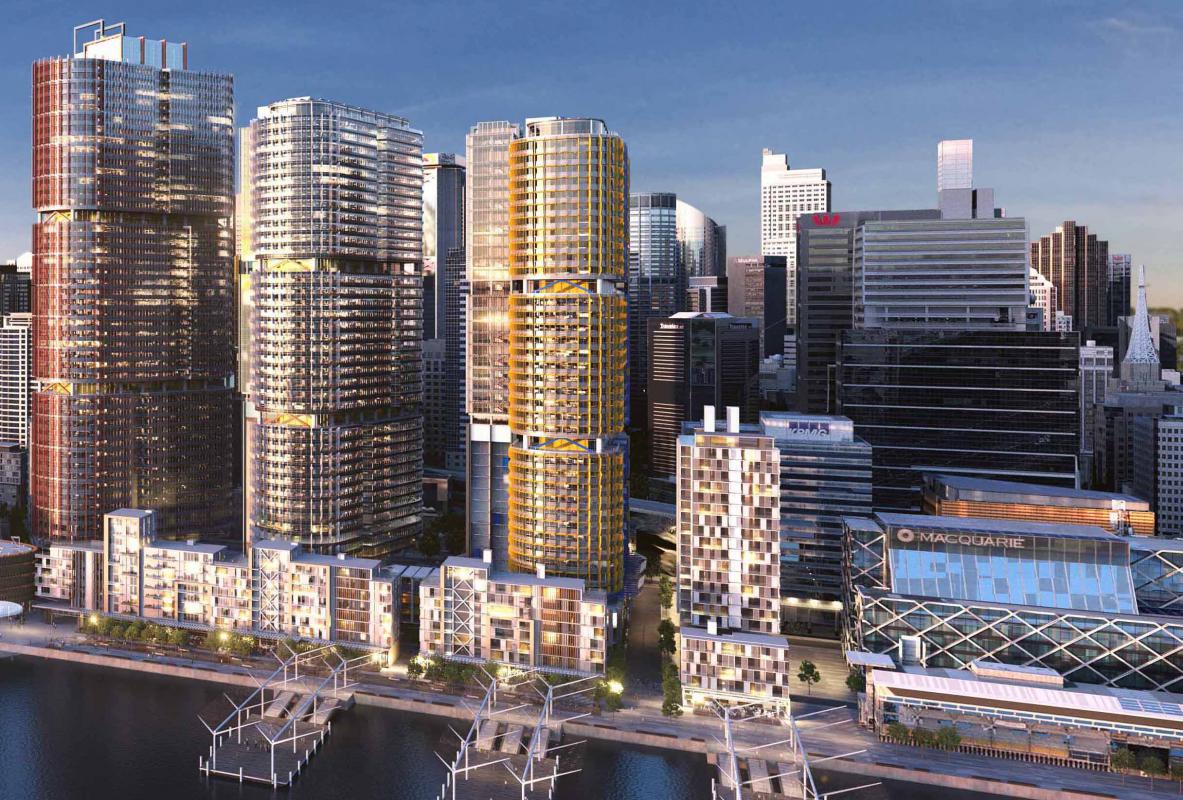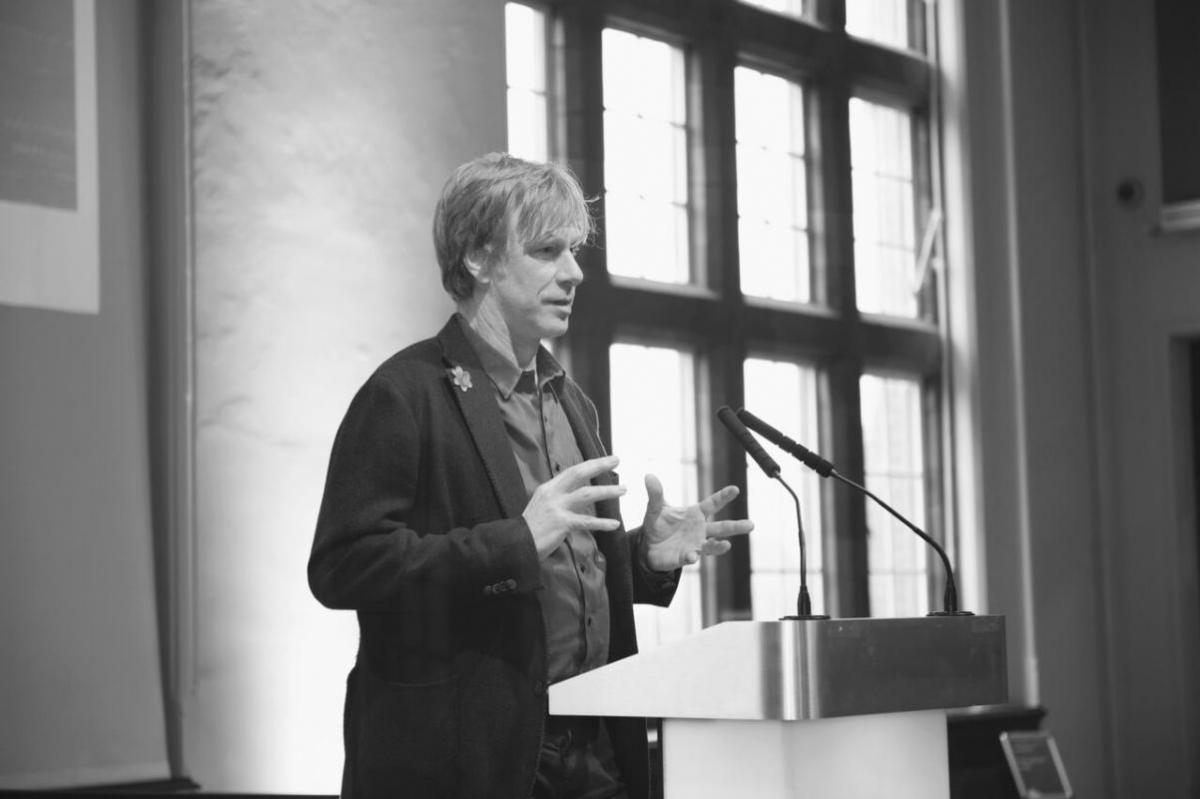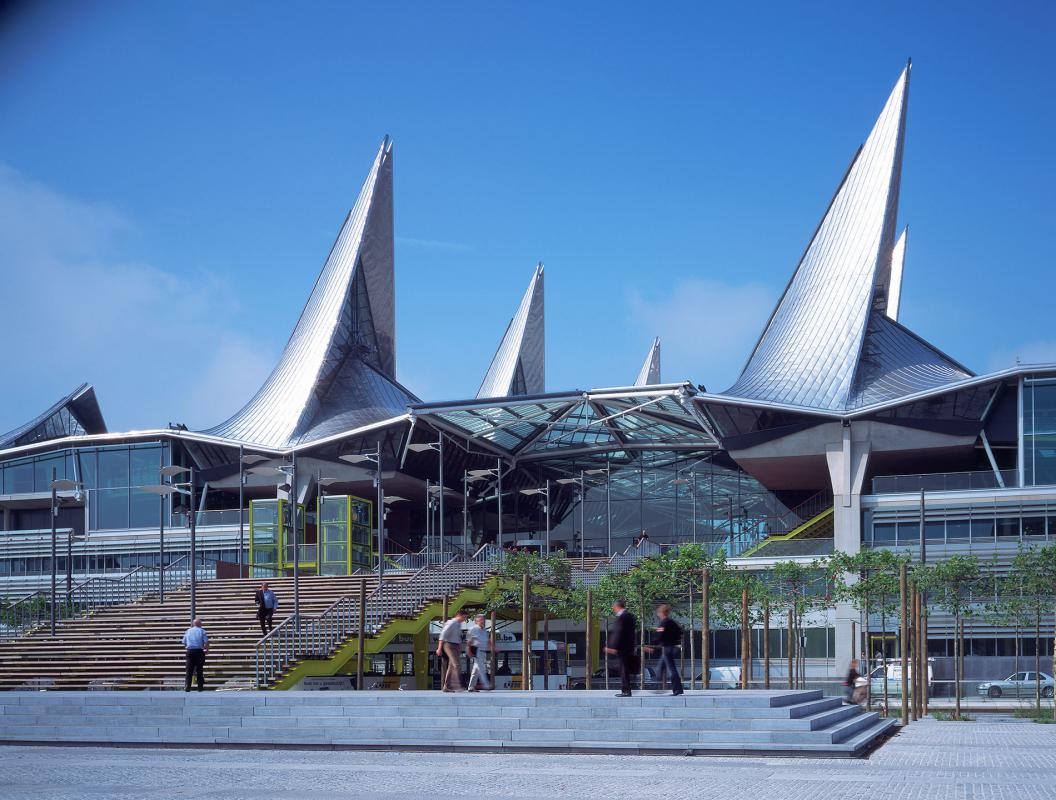
Ivan Harbour, the lead architect on two Stirling Prize-winning entries—for Terminal 4 of Madrid-Barajas Airport (2006) and Maggie's Centre, London (2009)—shared his perspective on architectural design competitions during the Council on Tall Buildings and Urban Habitat’s “Tall Storeys” talk in Sydney. In this video, the British senior partner at Rogers Stirk Harbour + Partners (RSHP) speaks about how the industry-renowned teamwork of the practice has managed an astounding 50% success rate in the 66 architectural competitions Harbour has been heavily involved with in the last 30 years. He also narrates the stories behind his iconic buildings and reveals some previously unpublished images of his built (and unbuilt) works.
Competitions
“Competitions are our R&D,” Harbour explains. “We are not theoreticians; we are practitioners in the field of architecture, and we need the real world to drive our architectural investigation and our research.” To prove RSHP’s commitment to actively entering competitions, he discloses that the practice has spent 10–15% of its turnover in recent years to defray the accompanying costs of this pursuit.

Competitions, he says, allow architects to get involved in a process of pure creation and concept development, generating ideas they will later often revisit. Harbour outlines some general guidelines to approaching competitions.
The competition project should not be a detailed design with all the elements painstakingly thought through. It is just a concept with a minimum of deliverables to illustrate the idea. “If you want to get an idea across, the last thing you want [to present] is a lot of paper,” he explains. Before participating in a competition, Harbour always inquires if there are independent-minded architects in the jury. This is important because they will better understand and professionally evaluate the concept.
The actual work on the project starts only after the competition is won. This is the stage when clients get involved, and the architects change and develop the project to a stage where it can actually be built.
Tall Buildings
Harbour also discusses the idea of a constrained city—one that has boundaries and does not grow into suburbs. Instead, the scale and density of the buildings grow, resulting in a dynamic city with high vitality. Tall buildings are an important component of such a city.

Ivan shares some interesting ideas on how he approaches tall-building design. Here are some of them:
- Tall buildings are often constructed around a central core, as it gives the architect freedom for design. Ivan argues, however, that architecture is not only about design and aesthetics; it is about environment and people. Removing the central core makes it possible to create an open, flexible, and democratic environment. This is especially vital for workspaces, where the connection between people and creation of communities should be encouraged.
- Managing the surroundings of a building and creating a public space around it is as important as designing the building itself. People should be able to interact with the building, understand it, and relate to it.
- The buildings should respond to the environment. For example, the repeating facade elements of the Barangaroo Towers are not only an architectural statement, they also serve to protect the buildings. They are also active elements that give people a sense of the building they are in rather than just “towers shouting for attention.”
During the talk, Harbour also shares his views on subjects like workspace design (“When it comes to the workplace, Australia is at the forefront), environmental architecture, and how tall buildings shape modern cities. He also shares fun myths and stories behind his projects, like how his team struggled on the Barajas airport design and how they got really lucky with the Antwerp Law Courts.
“The ability NOT to have a plan, which is so hierarchical,” he says, “is absolutely at the forefront of our thinking.” Watch the video below to fully appreciate why the 53-year-old Ivan Harbour—with his self-deprecating wit and lack of self-absorption—has become among the world’s most influential architects. ![]()
Watch the Tall Storeys talk by Ivan Harbour here.

